"History is who we are and why we are the way we are." — David McCullough
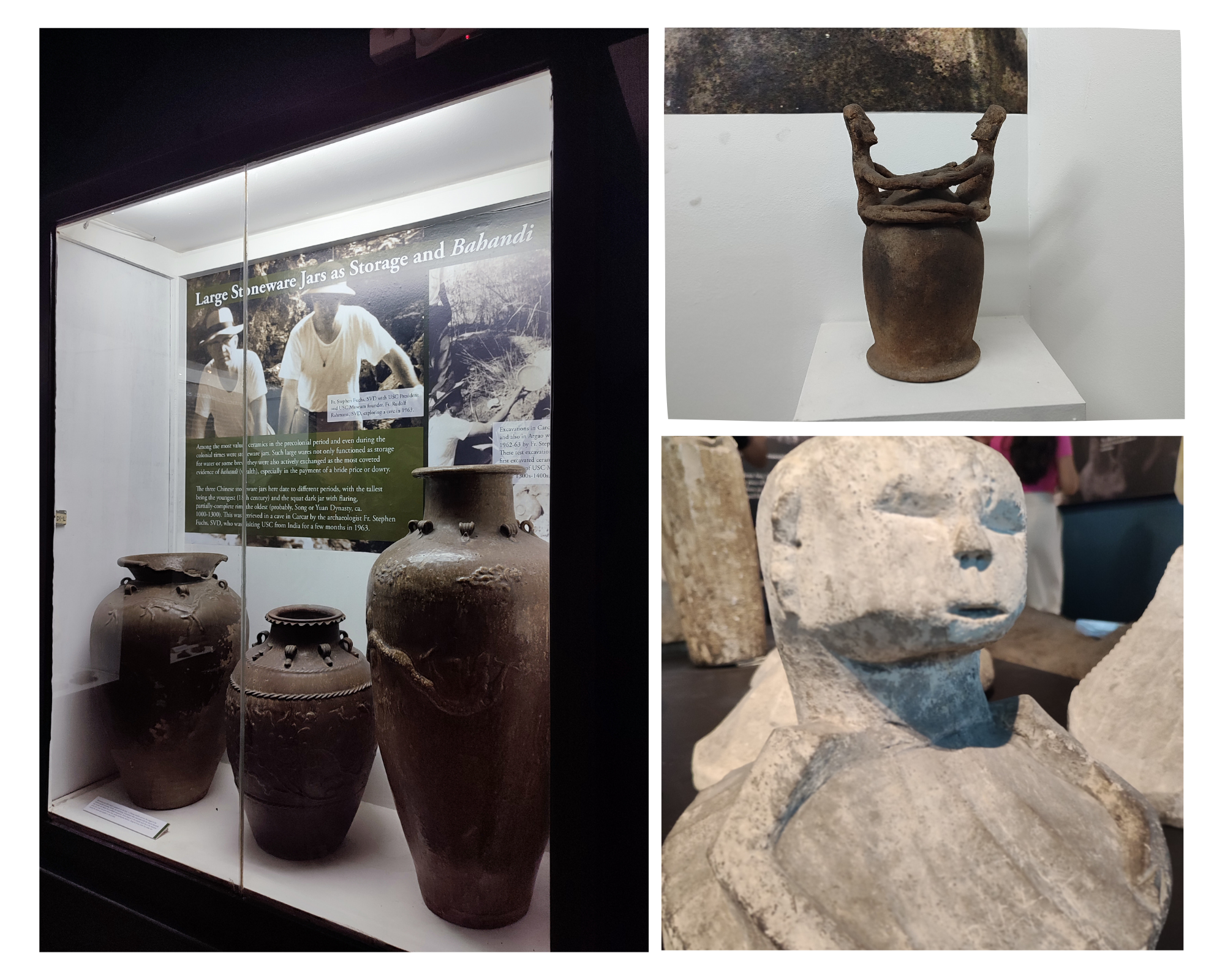
Arrival and a Warm Welcome

When we arrived at the University of San Carlos Museum, we were greeted warmly by the staffs. The entrance fee was only ₱20, which felt like a small price to pay for the treasure trove of history we were about to explore. That time, I was really amazed by the price because most museums here in Cebu have an entrance fee ranging from₱50 to₱200. And knowing that the USC Museum's fee was a student-friendly price made it even more special. After paying the entrance fee, two friendly guides were there to lead us through the museum. They are the ones who guided us around while also giving insightful explanations about the historical significance of each artifact and exhibit. They also gave us a quick rundown of the dos and don’ts during the tour. During their orientation, they mentioned that we are allowed to take photos; however, we are not allowed to use flash in order to help preserve the artifacts, which is a simple rule that shows how much care is taken in maintaining the museum’s collection.
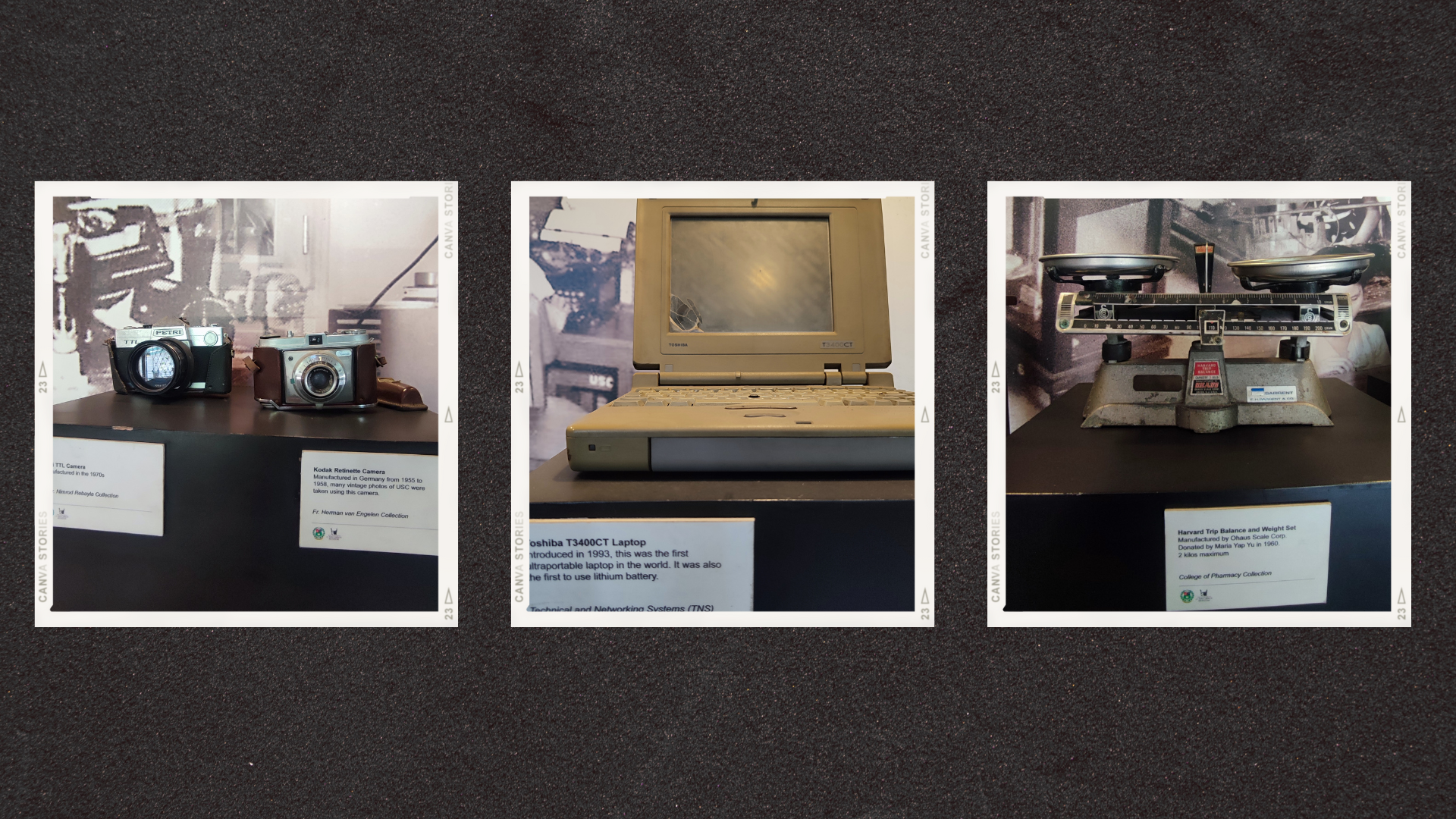
Treasures of History and Culture
The University of San Carlos Museum is indeed a treasure house, for it houses collections from various historical artifacts that shows how rich the cultural heritage in the Philippines is. From stones and ceramics, every item representing the story of civilizations that once thrived here in the Philippines, which actually gave us a glimpse into their daily living and their way of life in the past. It was a wonder to behold how these objects, so old and fragile, still had so much to teach us about our past.
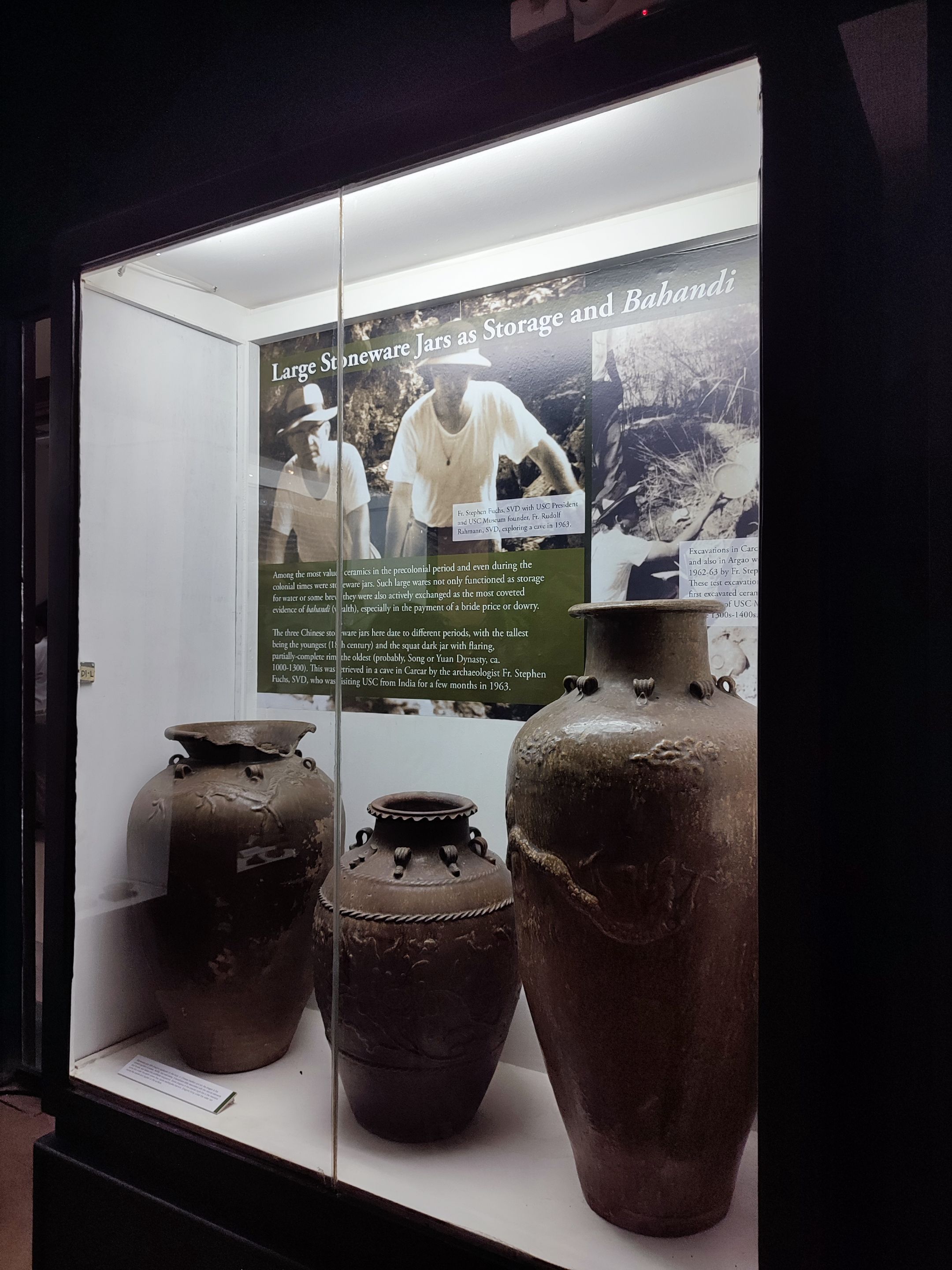
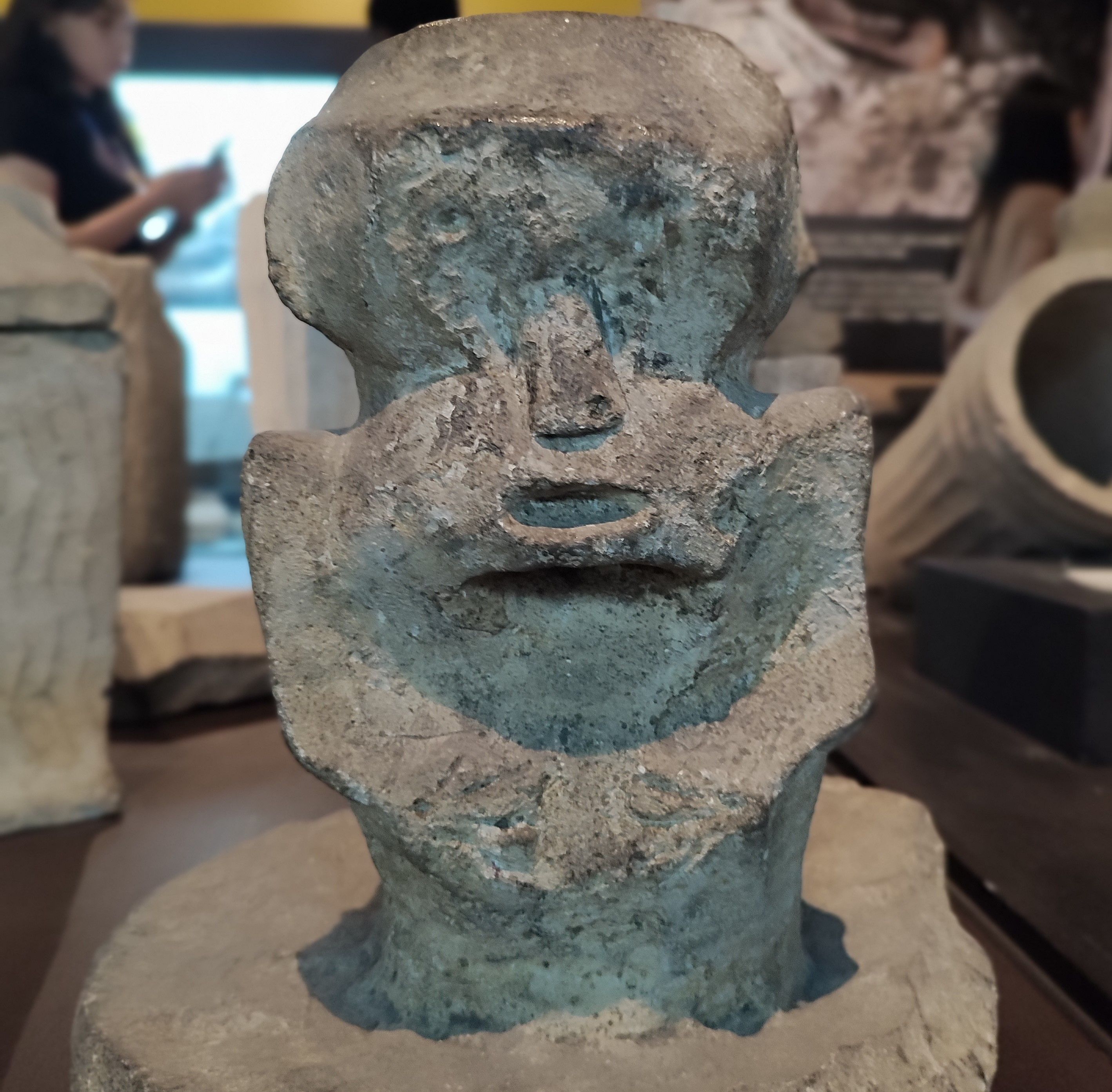
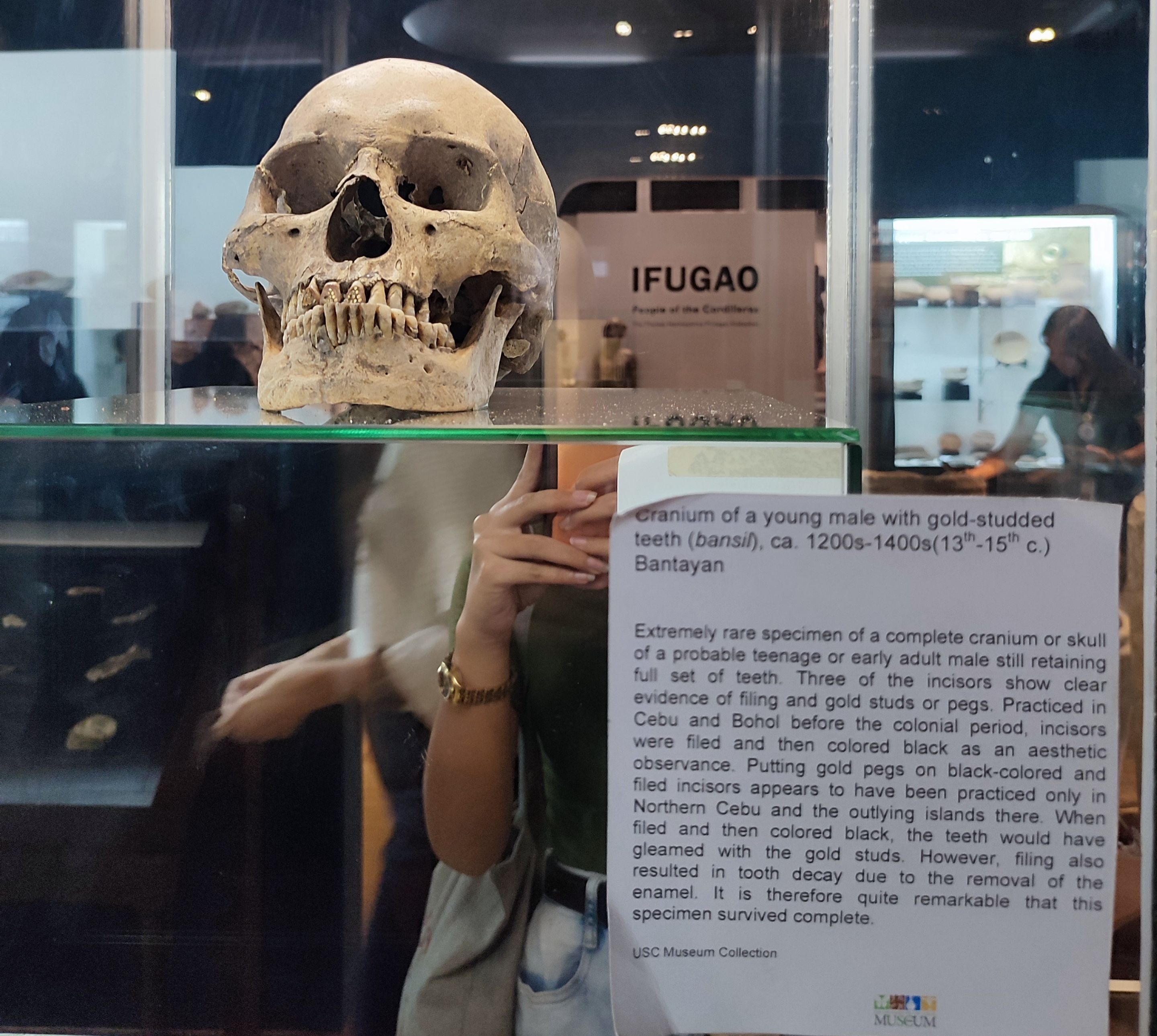
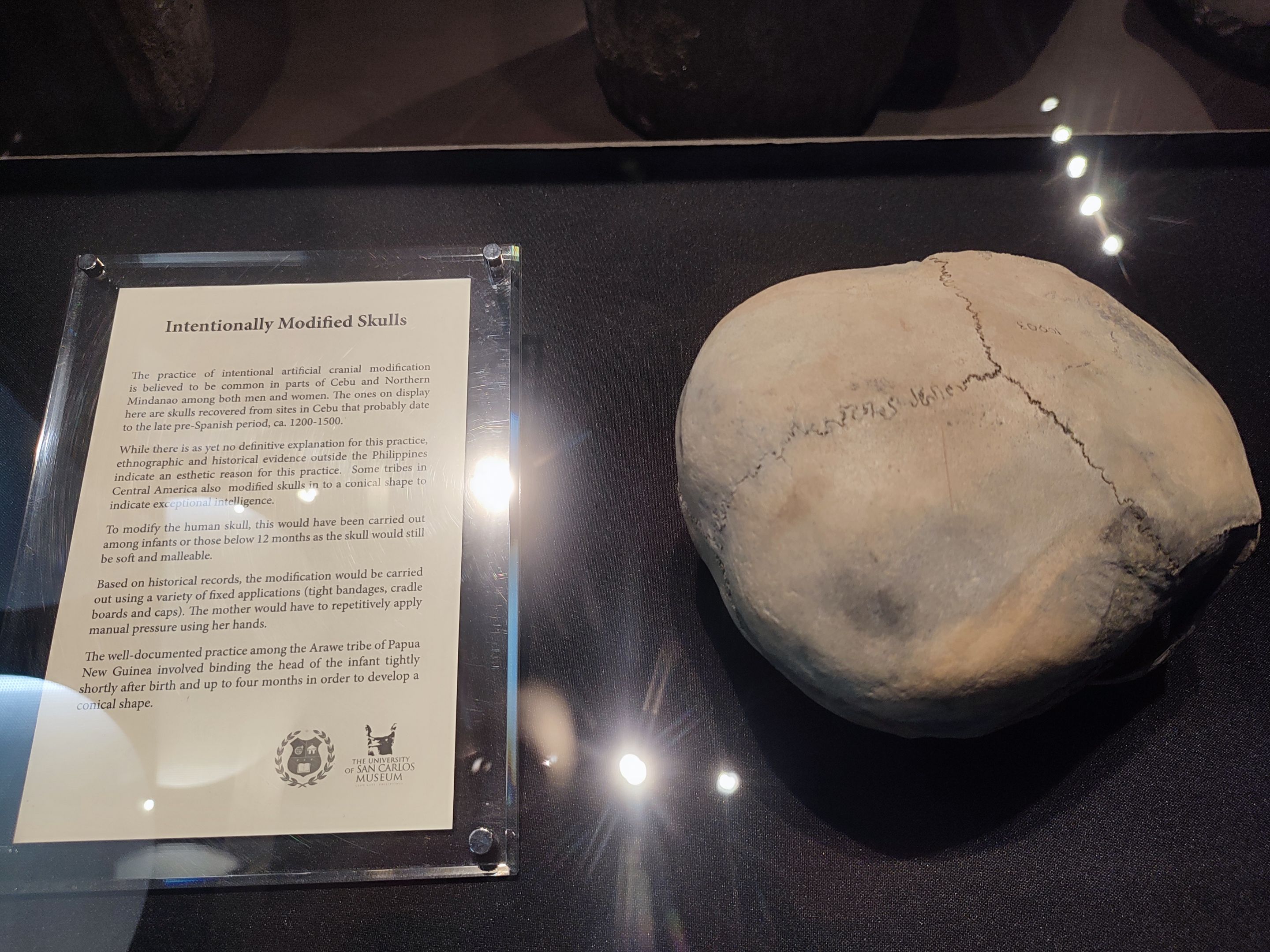
It also features an interesting section showcasing a collection of flora and fauna, from preserved plants down to taxidermy of animals, which reflect the very rich biodiversity in the Philippines. This display made me really appreciate all the natural wonders of the country and how important it will be to the future generation.
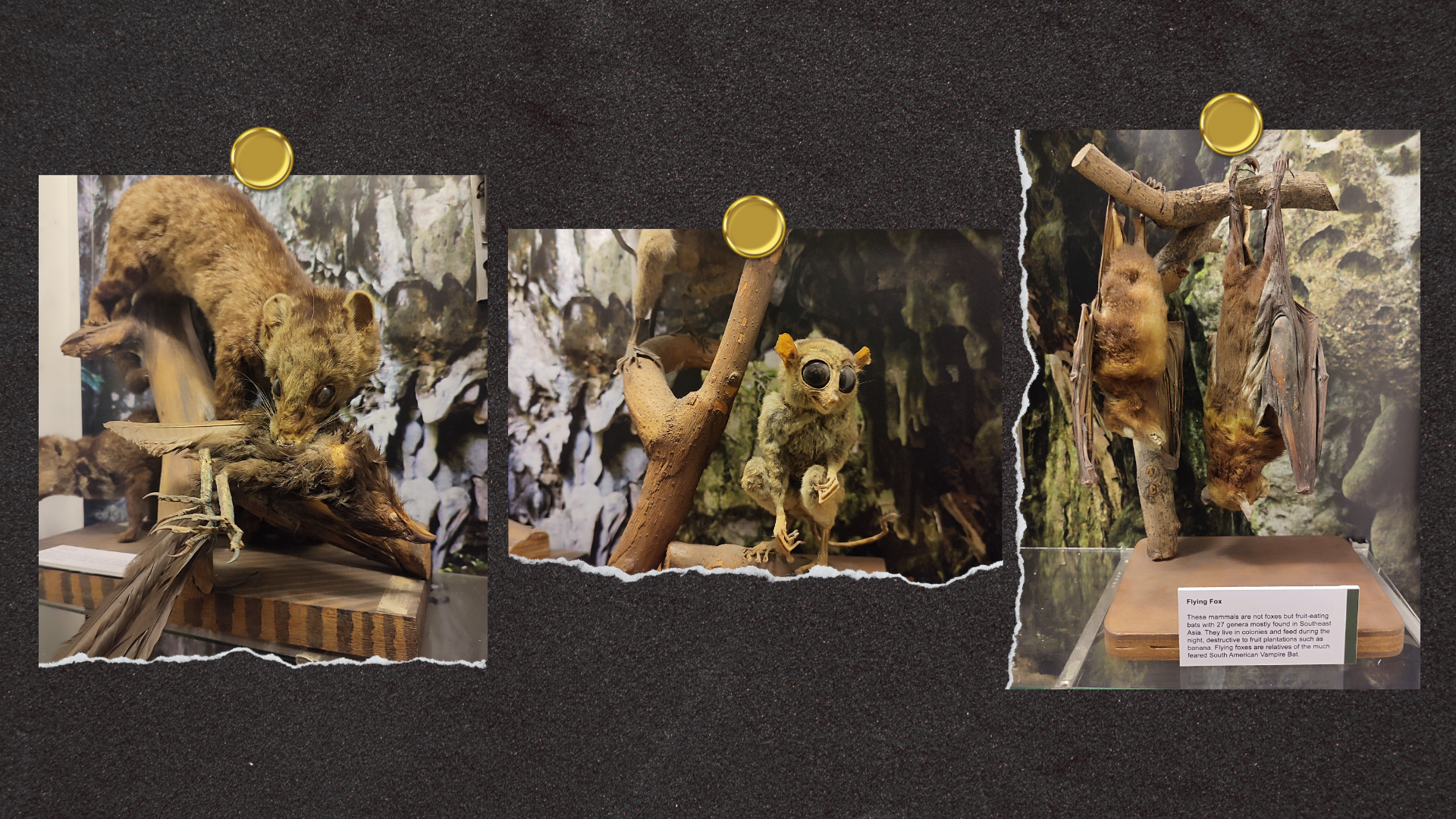
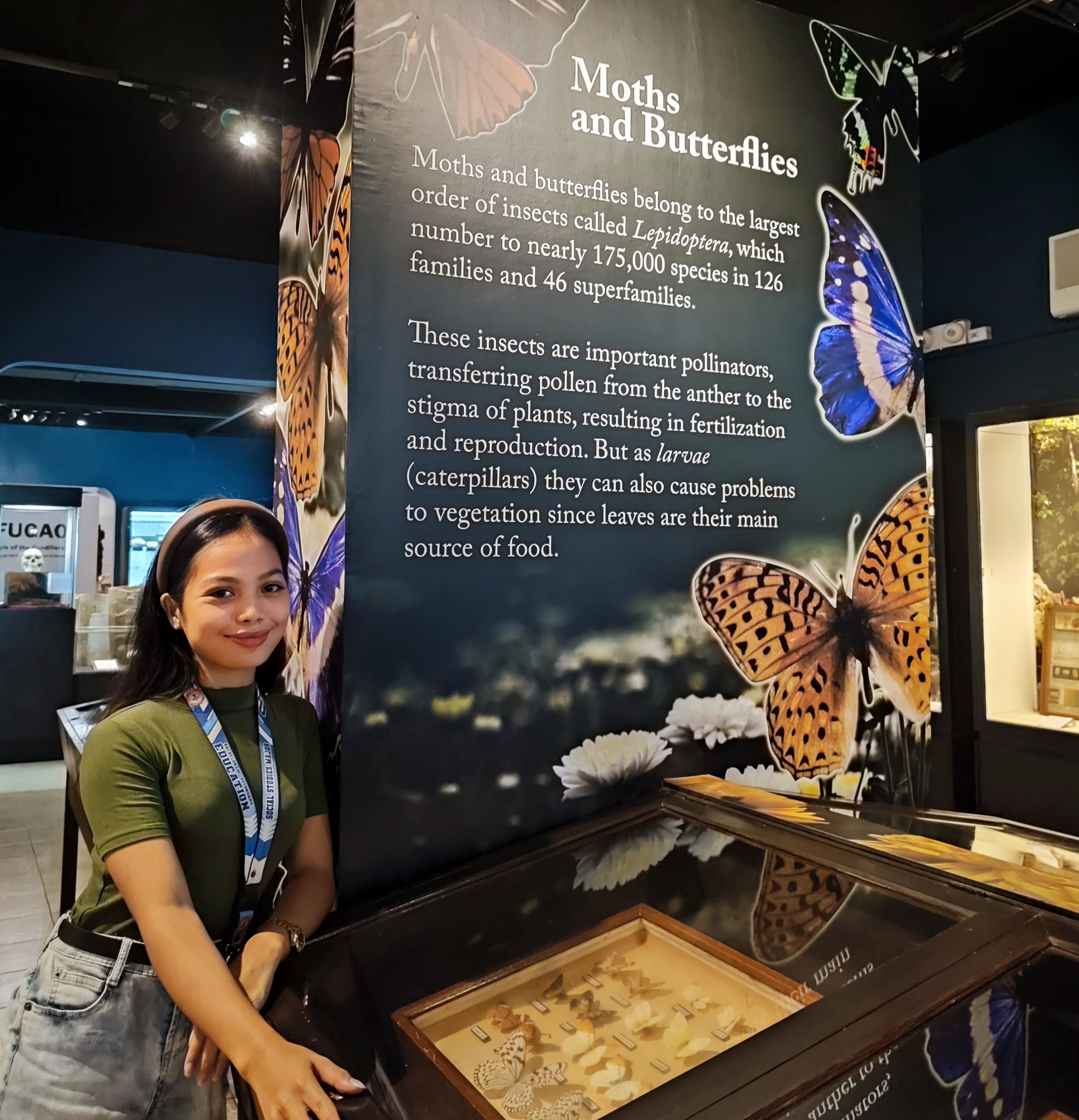
Among the highlights was the collection of religious items from the Spanish era: statues, church vessels, and vestments showing how deeply religion has tinted Filipino life through the centuries. It strongly reminded one of what faith does to our culture.
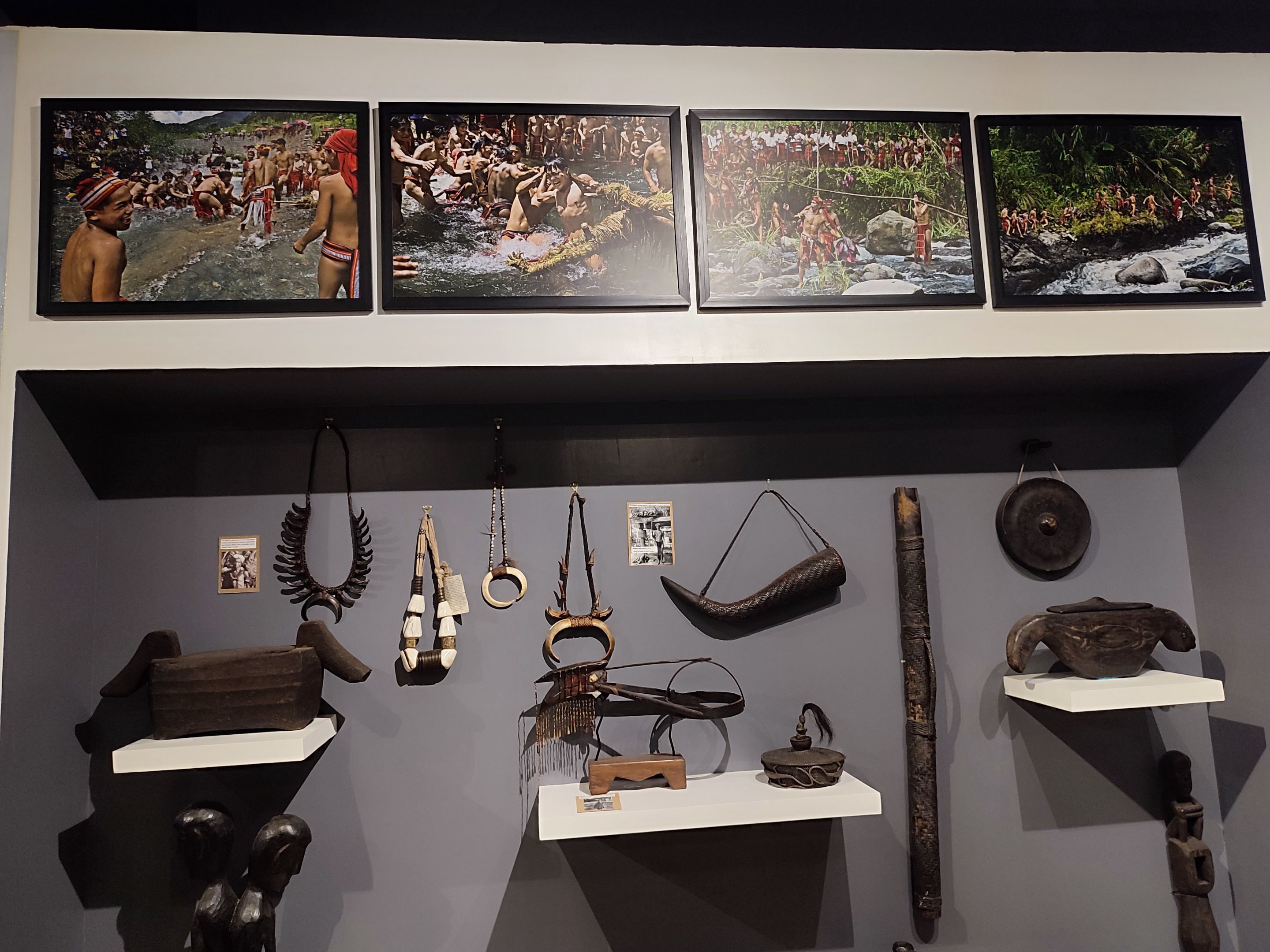
What impresses me most, apart from all mentioned above, is the ethnographic collection of the museum. These different traditional crafts and clothes really painted a picture of Filipino culture, including insight into customs, rituals, and beliefs that vary in different communities around the country.
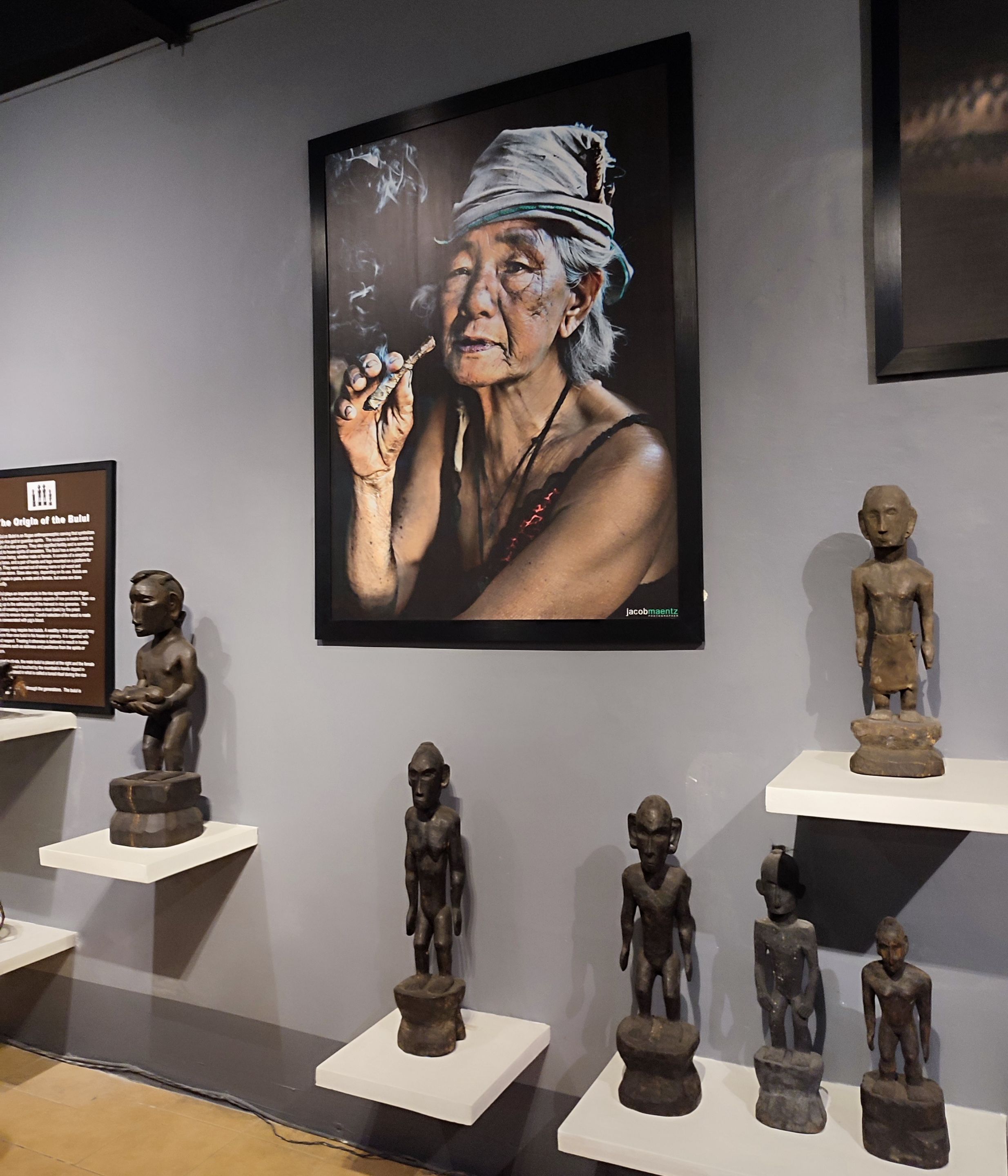
Art Exhibits and Galleries
Most striking of any content presented were the Japan-great porcelain wares from those very skilled and artful works through and through, with elaborate or detailed designs speaking towards eloquent evidence of such mastery from their makers, sketched out with care across extremely fragile pieces, fostering acute interest in craftsmanship and culturally important features these ceramics represent.
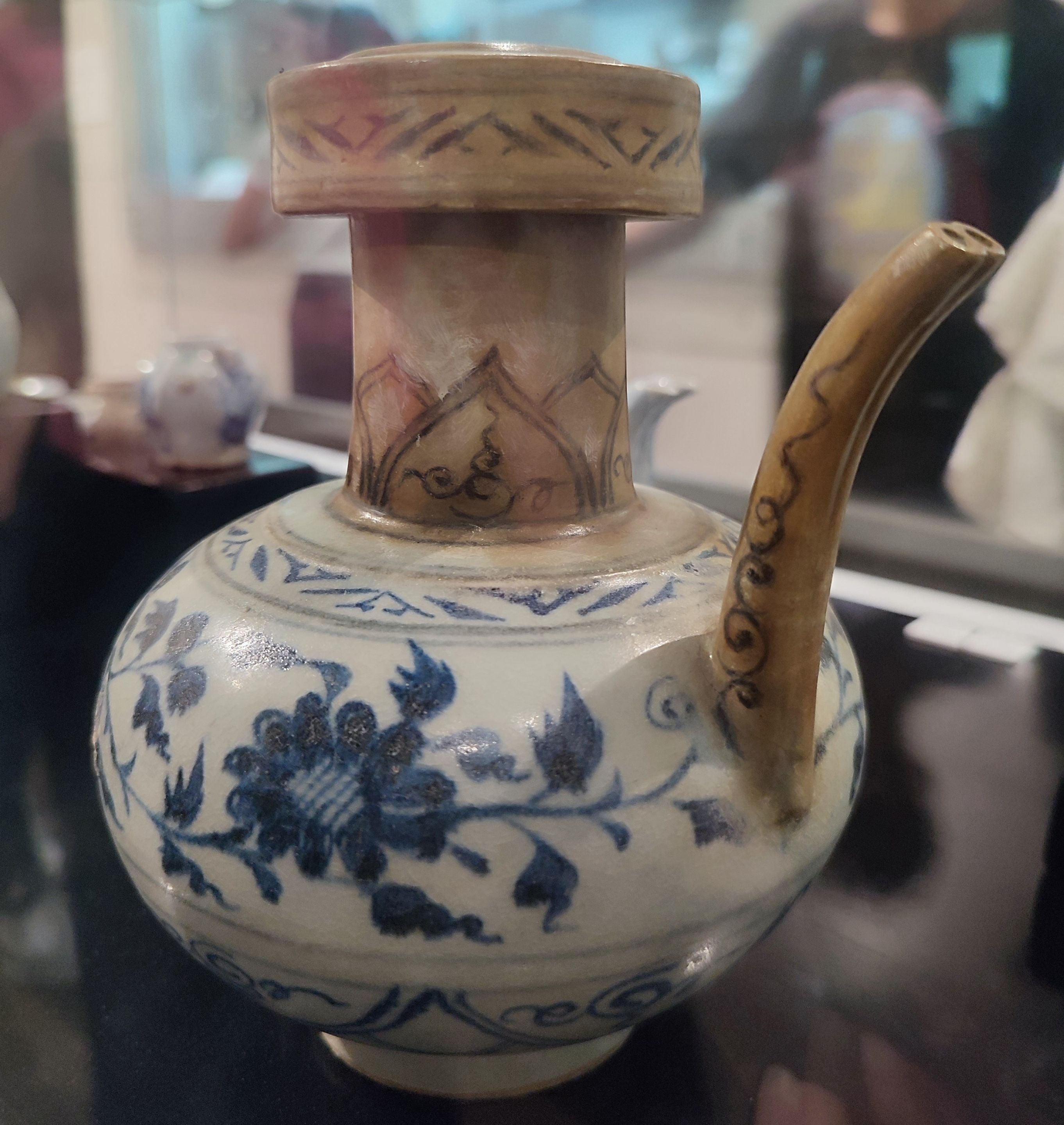
The museum also showcased breathtaking examples of underglaze blue ceramics, which are famous in many Southeast Asian cultures. Besides the striking color of the blue and details in the patterns, it was an example of the shared artistic traditions in the region.
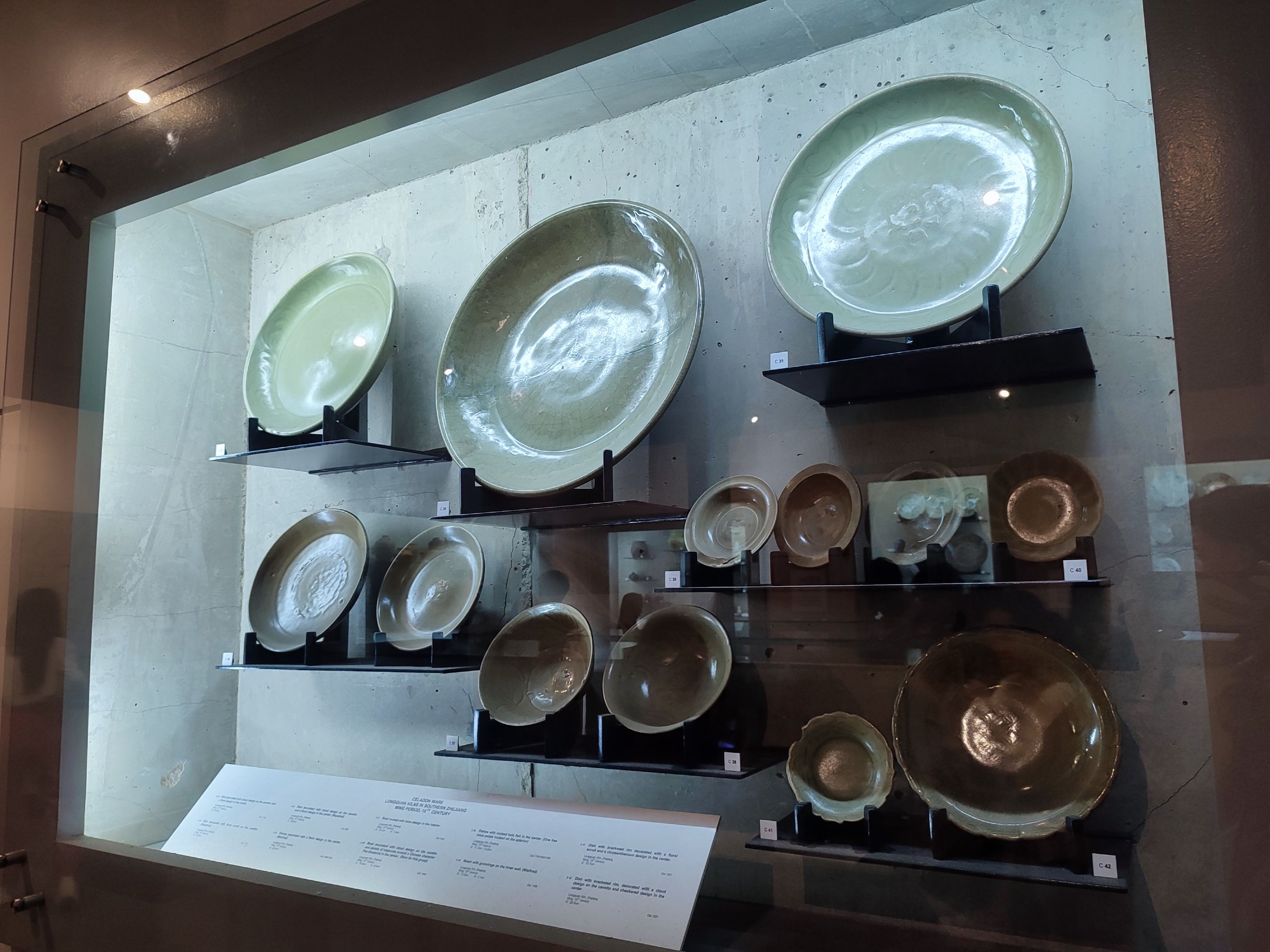
Another must-see was the museum's collection of Chinese and Southeast Asian ceramics, which showcased various artistic styles that have influenced the Philippines throughout history. Every step in the museum felt like a journey across time and cultures, offering a unique opportunity to connect with the past.
More than anything, the University of San Carlos Museum is a place that celebrates with full dignity and pride the rich historical background of the Philippines and its vast cultural heritage. Thus, it enables everyone, a foreign or local audience to see through knowledge appreciation and a deeper awareness that will surely preserve in them all beautiful Filipino cultures now and to the next generation.
Thank you so much for reading. I hope you have a productive day ahead😊